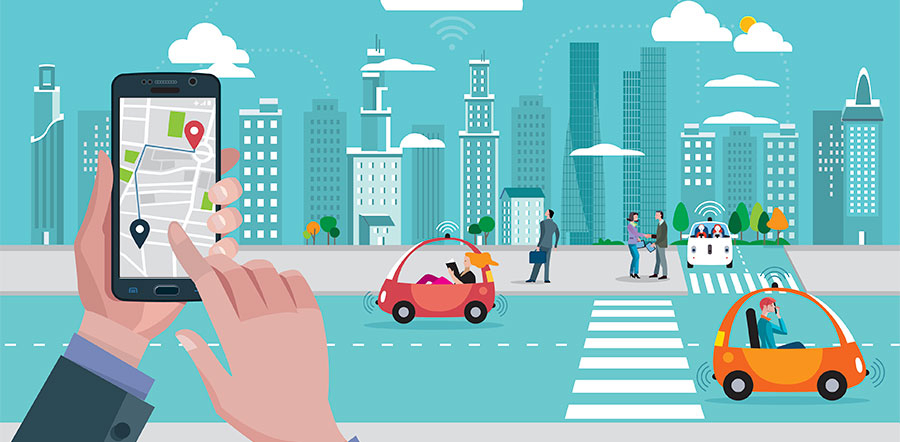The recent history of transportation and the sale and use of vehicles cannot be understood without analyzing, in addition to the role of OEMs and dealers, the role played by banks, as channelers of the credit necessary for the acquisition of vehicles, and insurance companies with a B2C marketing model based on the traditional structure of vehicle sales and with a B2B percentage for the leasing and fleet model.
The transformation of mobility means that insurance companies have to start rethinking their model and define strategies that allow them to maintain their market share in the insurance business in the new environment and to develop pure MaaS (Mobility as a Service) businesses for their intrinsic value.
There are multiple trends that are converging and transforming the way we buy and use cars and the way we move around, but there are five that will very directly affect the insurance environment:
The increase in CaaA (Car as an asset) phygital sales of vehicles and even purely digital that seems to be a reality in the coming years. Banks and insurance companies have made corporate moves in recent years to acquire or create NewCos that can compete in this environment.
The search for flexible formulas for use. While it is true that the car is still the preferred means of transport (more than 60% use it on their regular journeys), it is also true that more and more flexible formulas will be sought. According to the survey conducted by BIP Consulting, more than 30% of those who currently own a car are considering switching to more flexible formulas such as leasing or subscription.
The new marketing models of some of the new Asian entrants with direct sales models.
The autonomous vehicle and increased connectivity that will force companies to rethink their B2C model to a B2B or B2B2C one and to be able to maximize the use of the increasing amount of data they will be able to access.
The new MaaS models that will impact both the way insurance is sold and the sales channel and the role insurers want to play in the MaaS environment where the creation of robust ecosystems will be key to successful business models.
Faced with these changes, companies can define two non-exclusive strategies. The first with an adaptive approach aimed at transforming the product and the commercial and service model to adapt to the new environment and changing customer needs. The second with a truly transformational approach to become a player in the mobility sector as a business strategy independent of the insurance result, although with synergies between the businesses.
Not all strategies will work for all companies, it will depend on their ambition, their current capabilities, their ability to acquire or develop new capabilities and the ability to develop or strategically position themselves in winning ecosystems.
Change will not happen abruptly in six months, but being prepared for the transformation requires starting strategic thinking now and, in parallel, taking key positions in the new environment.
Translated by: A.M
 English
English  Español
Español 
